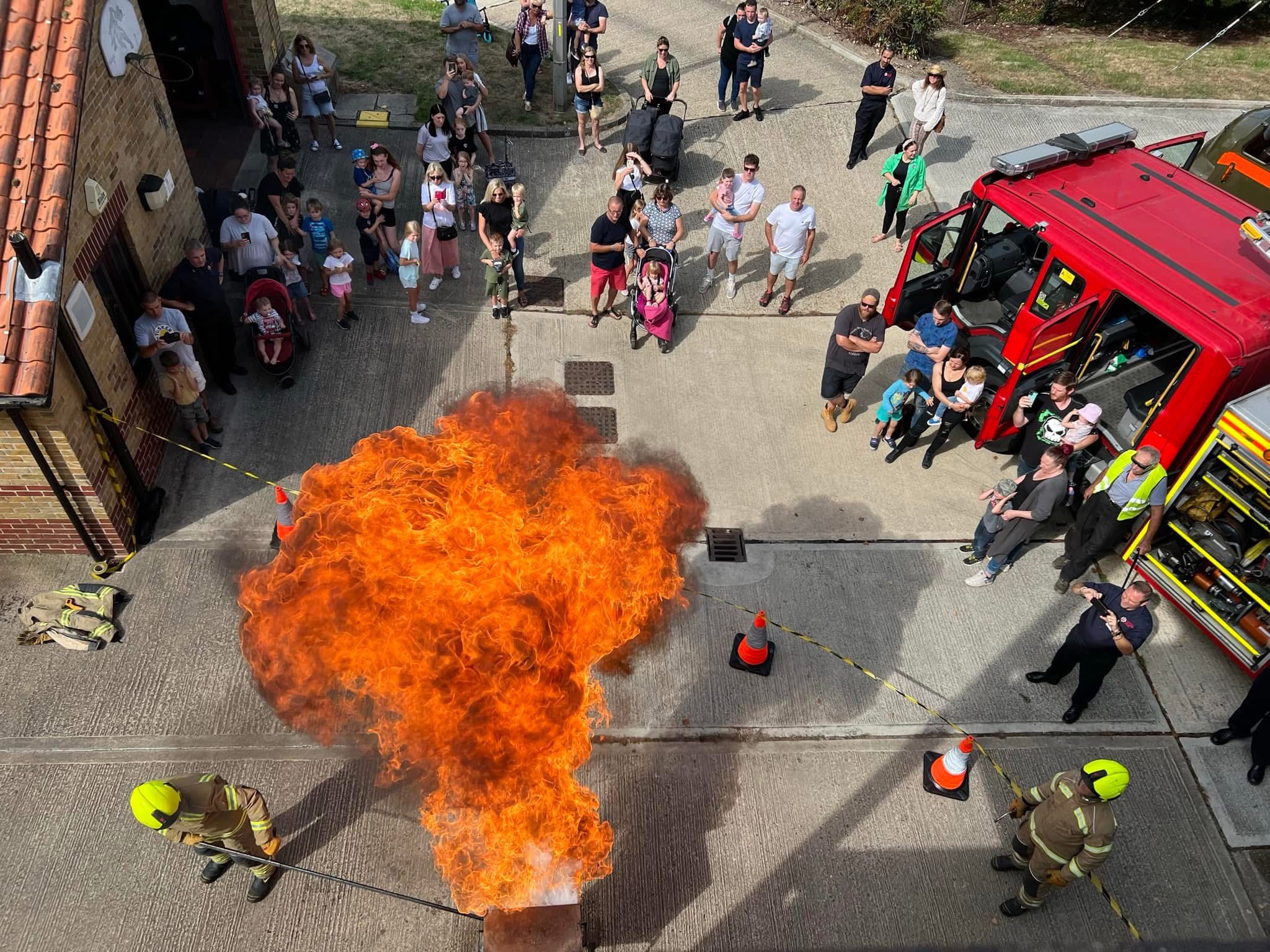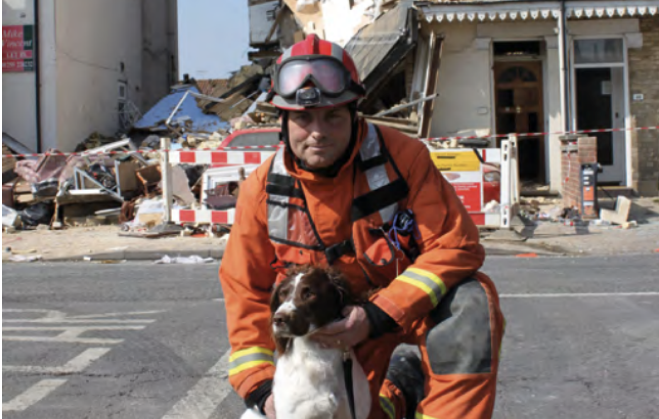Happy 80th Birthday, The Fire Brigades Act 1938, by Mike Smith
This is a tale of legislation that was dramatically overtaken by events before it was fully implemented. Nevertheless it was a significant development towards the fire and rescue service we know today.
Prior to this Act, Parliament had expressed little interest in firefighting, even though central government had a scare over the air raids of World War 1, particularly those on the capital which had forced it to coordinate fire cover in Greater London. But with peace these arrangements lapsed, and fire brigades continued as before – lacking overall direction and with widely varying standards of equipment, training and organisation. Fire brigades were very much a local service, financed by local rates and more visible in urban areas.
However, throughout the 1930s there was an increasing feeling that fire cover needed to be much more organised and professional. The pressure came from local government, from some MPs and from bodies such as the Institute of Fire Engineers. But as the years passed and the political situation deteriorated, central government, with the World War 1 experience in mind, was increasingly concerned by the prospect of another conflict. The air raids of the Spanish Civil War (1936-39) heightened those worries.
The legislation applied to all of Great Britain, designating boroughs, urban districts and rural districts as fire authorities in England and Wales and burgh and county councils in the same role in Scotland. The officer-in-charge of the fire brigade where a fire occurred would be in charge at that fire. The new authorities had until July 1940 to notify central government of progress in providing fire cover.
But before the Fire Brigades Act came into effect a sign that it might be quickly irrelevant had come with the 1937 Air Raid Precautions Act. It established the Auxiliary Fire Service (AFS), a government funded and equipped reserve to support the regular fire brigades in the event of war. AFS training and administration would rest with those regulars.
In Essex the 1938 Act had most impact in rural parts as the metropolitan areas of the county already had fire brigades, generally well organised and equipped, and the same was true of the county’s towns. If we look at three Essex Rural District Councils we can see how they assumed their new responsibilities.
Rochford RDC had existing fire brigades and stations at Rochford and Hockley. It envisaged building a new, enlarged replacement fire station in Rochford and a brand-new station at Great Wakering. The chief officer for the new Rochford RDC Fire Brigade was a retired LFB man living locally.
In the Maldon and Dengie areas there were two existing fire brigades – at Maldon and Burnham-on-Crouch. Maldon had an agreement to cover neighbouring Goldhanger and with the Post Office to deal with fires at Woodham Ferrers telephone exchange. Maldon RDC decided to comply with the Act by putting fire stations at Tillingham. Tollesbury, Great Totham and Cold Norton.
However, Tillingham jumpedthe gun, forming a village fire brigade just in advance of the 1938 Act. This may have been in response to a fire in the church when locals had to wait for Burnham’s elderly solid-tyred pump to arrive. Photos in the Essex Fire Museum show the newly formed Tillingham brigade, all well outfitted in helmets, waterproofs and wellingtons. Indeed, their original personal kit looks better than that subsequently issued by Maldon RDC.
Maldon RDC deployed Bedford vans to carry personnel, ladders and small gear and each towed a trailer pump. Chelmsford RDC chose a similar combination, but using Ford towing vehicles, for the stations it set up under the Act at, Great Baddow, Great Waltham, Ingatestone and Rettendon.
The 1938 Fire Brigades Act was essentially directed towards reforming the peace time fire service, but it certainly reflected the threat of war. Amazingly, until it was passed there was no obligation on a local authority to provide a fire service, apart from the London County Council (LCC) area where the London Fire Brigade (LFB) had a statutory duty to deal with fires. The Act envisaged changing all this. Local government would have to provide fire brigades and the Act contained provisions directed towards inter-brigade cooperation and standardisation of equipment. A national training school was to be established at Watford, The recently retired Chief Officer of the LFB, Major Morris, was designated its first commandant. In some towns the existing fire brigade was part of the police with police officers doubling as firefighters. This was undesirable and the Act proposed ending such arrangements. (There were no police fire brigades in Essex.)
Of course the declaration of war in 1939 overtook the Act in a big way. The national training centre never materialised, and it was the local, pre-1938 Act fire brigades, the newcomers established by this legislation, and the AFS, that bore the brunt of “Blitz“ fire fighting. And it was in Essex that one of the Act’s shortcomings soon became apparent.
In September 1940 the Luftwaffe set the oil tanks at Thameshaven on fire. The resulting blaze was fought by regular and AFS firemen from all over eastern England. The incident was in Thurrock UDC’s fire brigade area so its chief officer was in charge. The LFB sent a big contingent and, at one stage Thurrock’s chief decided they could be stood down, overruling the LFB officer-in-charge, who disagreed. As the LFB withdrew the fires worsened. The LFB officer asked for his pumps back. LFB HQ refused - only the local chief could make such a request. That party could not now be found! Eventually a civil servant was brought to the fireground from Cambridge. His powers under wartime emergency arrangements apparently overrode those of local fire chiefs. He was invited to telephone LFB HQ and ask for its Thameshaven contingent to return. It did and the fires were brought under control.
The combined forces of the peace-time fire service, even when reinforced by the provisions of the 1938 Act, and the AFS, proved inadequate to deal with “Blitz” fires and all were merged, in August 1941, into the National Fire Service (NFS).
All Fired Up’ is a series of articles written by our Museum volunteers about the history of the fire service in Essex.
Volunteers spend many hours researching the collection, often uncovering untold stories and finding interesting facts that would otherwise be lost.
To share these invaluable snippets of history with you we are making some of this research available. Read the full list here.


